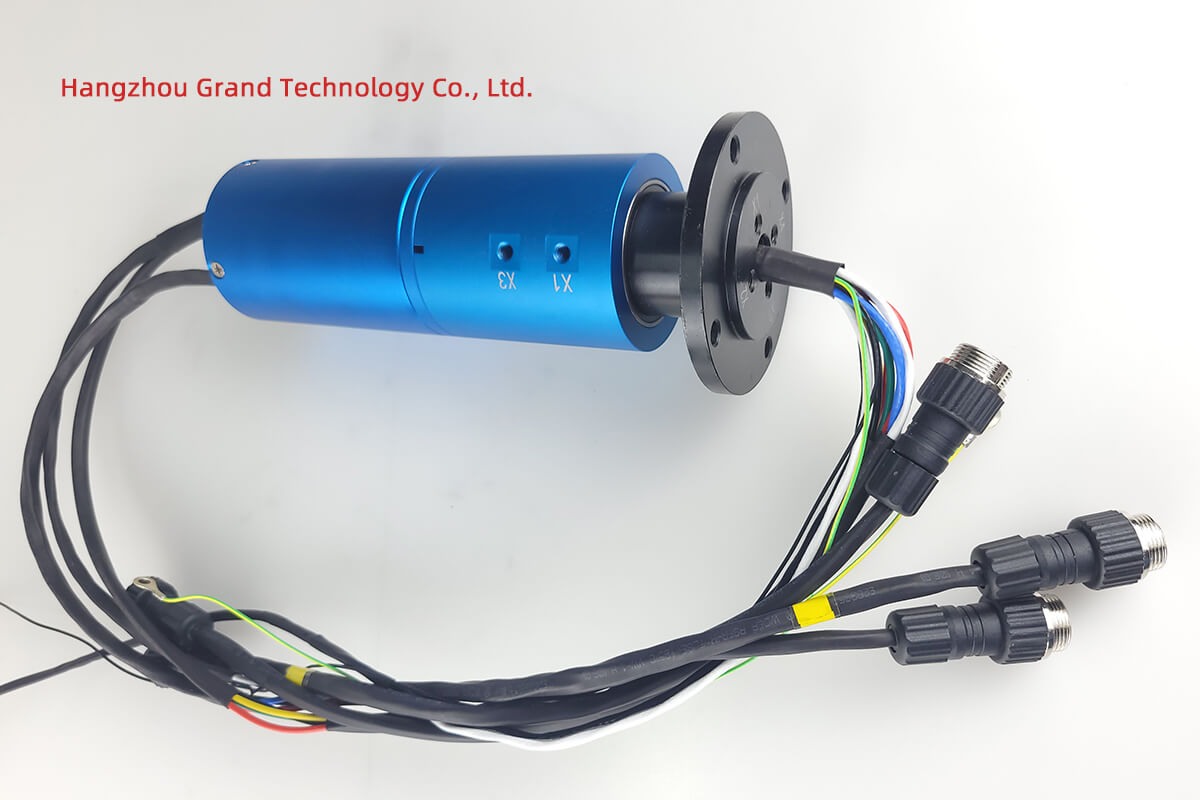Stage lighting plays a crucial role in creating captivating performances and immersive experiences. Lighting designers constantly seek ways to push the boundaries of creativity and performance, and one technology that has greatly contributed to the flexibility and versatility of stage lights is slip ring electrical systems. In this article, we will explore the concept of slip ring electrical systems and their role in enhancing stage light flexibility.
Understanding Slip Ring Electrical Systems
At the core of slip ring electrical systems is the slip ring, a device that allows for the transmission of electrical signals and power between stationary and rotating parts. In the context of stage lighting, slip ring electrical systems enable the rotation, panning, and tilting of stage lights without tangling cables. These systems provide a continuous and seamless electrical connection, allowing the lights to move freely and precisely while maintaining uninterrupted power and signal transmission.
Advantages of Slip Ring Electrical Systems in Stage Lights
The integration of slip ring electrical systems in stage lights brings several advantages. Firstly, slip rings enable smooth and continuous rotation, offering lighting designers the ability to create dynamic lighting effects. Whether it’s a moving head fixture, a motorized truss, or a rotating gobo, slip ring electrical systems eliminate cable twisting and allow for seamless movement. This enhances the visual impact of performances, adding an extra layer of excitement and immersion.
Furthermore, slip rings expand the range of motion for stage lights, providing lighting designers with greater creative possibilities. With slip ring electrical systems, lights can rotate a full 360 degrees, pan and tilt smoothly, and follow intricate choreographies with precision. This flexibility allows for the creation of stunning lighting displays, transforming static scenes into dynamic visual experiences.
Applications in Stage Lighting
Slip ring electrical systems find applications in various stage lighting setups. One prominent example is moving head fixtures, which are widely used in concerts, theatrical performances, and live events. These fixtures incorporate slip ring electrical systems to enable smooth and continuous movement of the light head. With precise control and unrestricted rotation, moving head fixtures can illuminate specific areas, track performers, and create captivating lighting effects that enhance the overall atmosphere of the performance.
Automated lighting systems also benefit from slip ring electrical systems. These systems consist of multiple motorized lights that work together to create synchronized lighting displays. Slip rings ensure seamless control, data transmission, and power supply among the lights, allowing for intricate choreographies and synchronized movements. Whether it’s a complex light show or a dynamic lighting sequence, slip ring electrical systems enable lighting designers to bring their creative visions to life.
Design Considerations
Implementing slip ring electrical systems in stage lights requires careful consideration of design factors. Electrical noise can be a concern, especially when transmitting signals over rotating connections. Proper shielding and grounding techniques should be employed to minimize noise and maintain signal integrity. Additionally, signal loss and heat dissipation should be addressed to ensure reliable and efficient operation. Well-designed slip ring electrical systems employ high-quality materials and insulation to mitigate these issues.
Proper wiring and insulation techniques are also crucial to ensure optimal performance. The wiring should be organized and secured to prevent interference or damage during movement. Insulation materials should be selected to withstand the demanding conditions of stage lighting, including temperature variations and mechanical stress. Adhering to industry standards and best practices for installation, maintenance, and safety is essential to ensure the longevity and reliability of slip ring electrical systems.
Future Trends and Innovations
As technology continues to advance, slip ring electrical systems for stage lights are expected to evolve further. Efficiency improvements will likely focus on reducing energy consumption and heat generation. Miniaturization of slip ring designs will enable their integration into smaller and more compact stage lights without sacrificing functionality. Integration with intelligent lighting systems and advanced control protocols will enable seamless communication and synchronization with other automation technologies.
Innovations in slip ring electrical systems may also include advancements in data transmission speeds and protocols. High-speed data transmission will enable real-time control and precise synchronization of stage lights, opening up new creative possibilities for lighting designers. The integration of slip ring electrical systems with wireless technologies and smart lighting solutions may further enhance the flexibility and ease of use of stage lights.
Slip ring electrical systems have revolutionized stage lighting by enhancing the flexibility and versatility of stage lights. These systems enable seamless rotation, panning, and tilting, allowing lighting designers to create captivating performances and immersive experiences. With applications in moving head fixtures, automated lighting systems, and more, slip ring electrical systems have become an essential component in the entertainment industry. As technology advances, we can expect further improvements in slip ring electrical systems, pushing the boundaries of creativity and performance in stage lighting.
See What We Can Do

